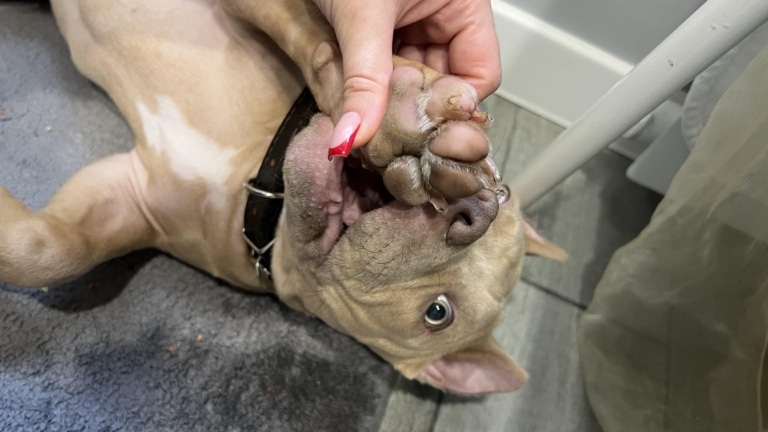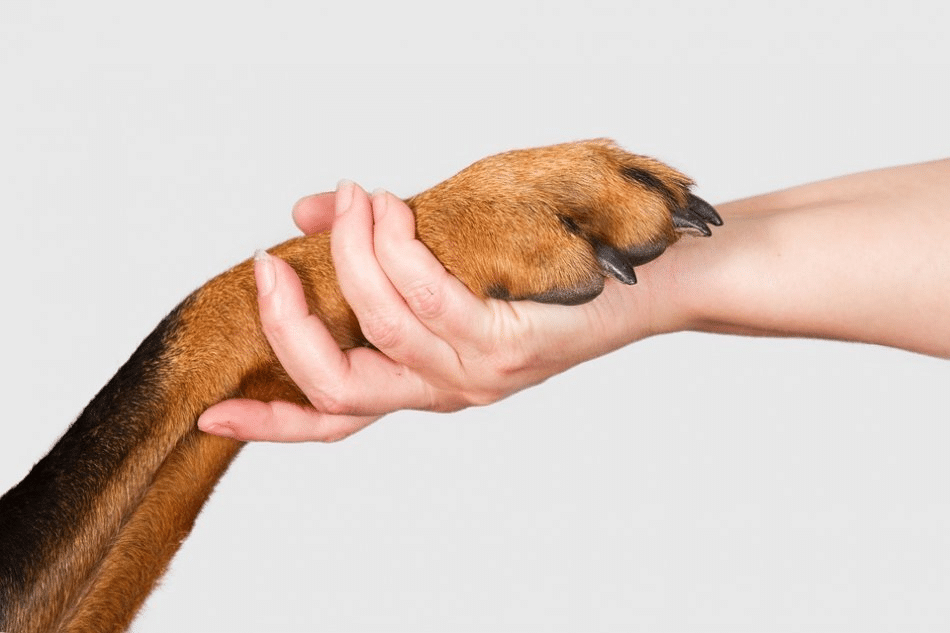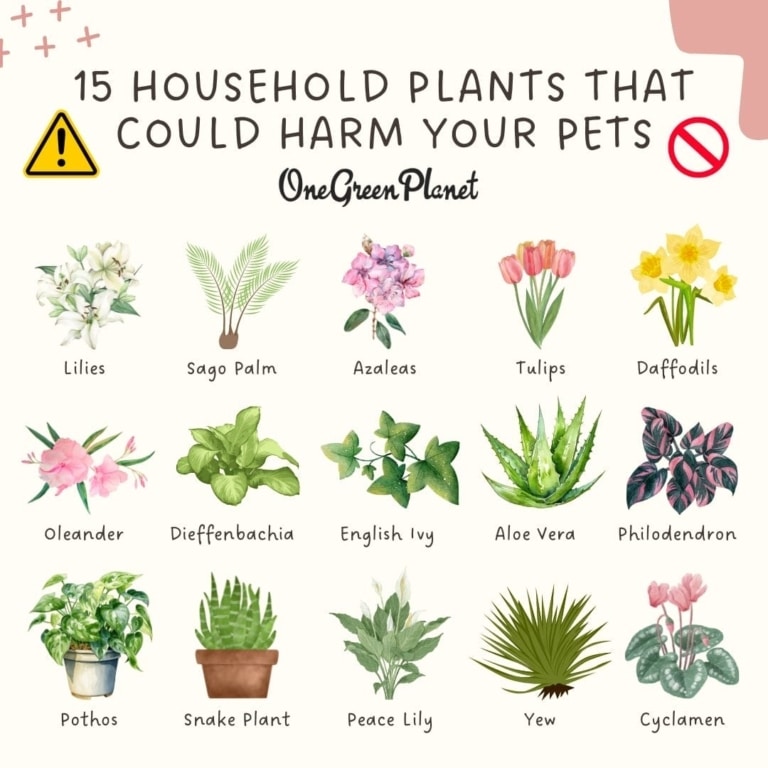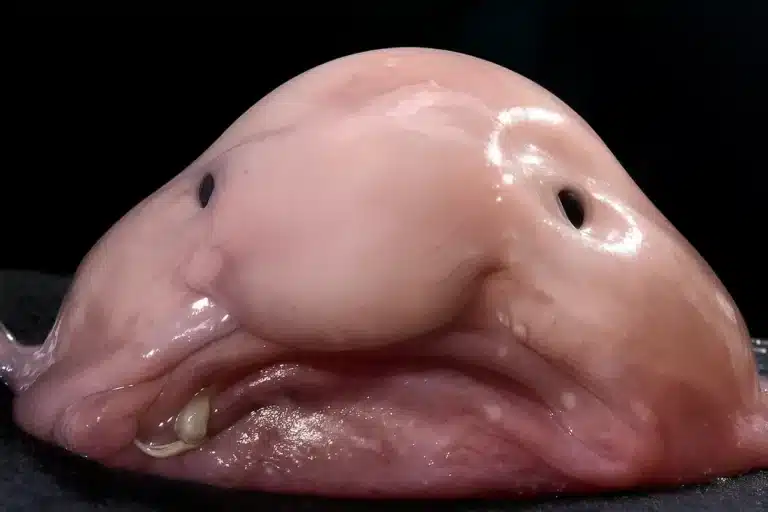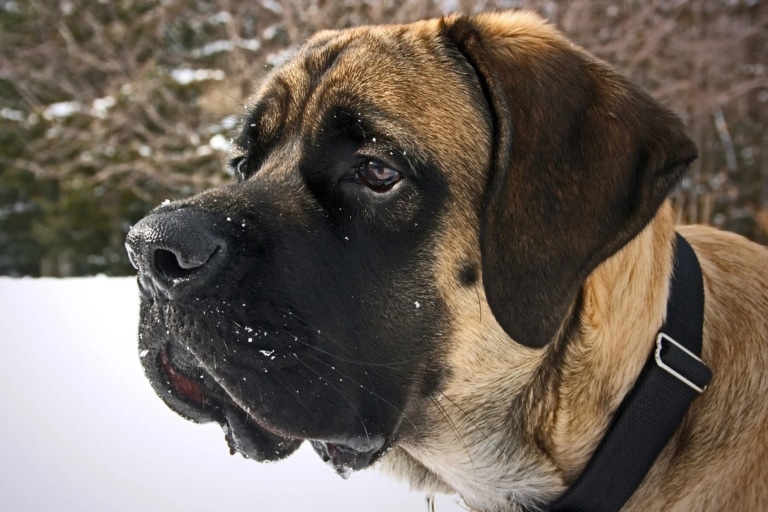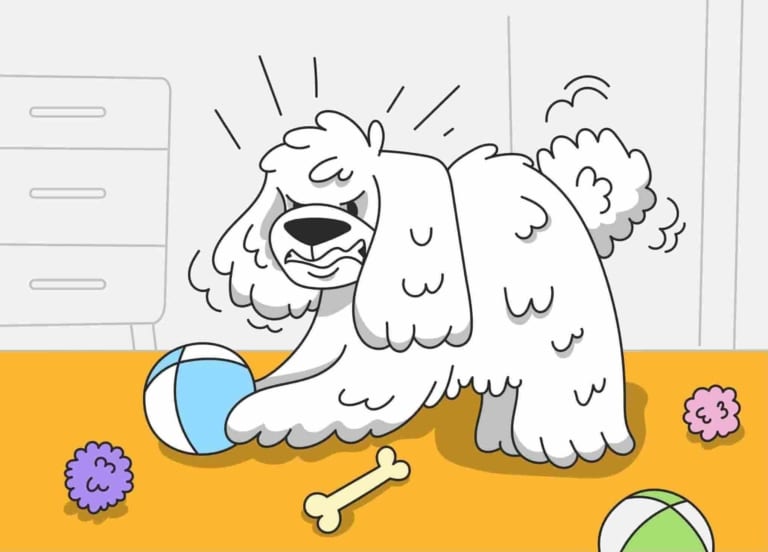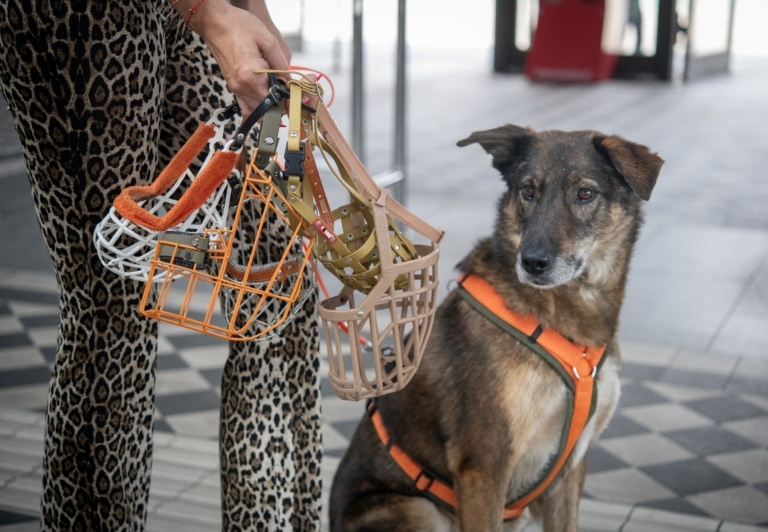Soft paw pads are very important for dogs. They absorb shock when walking, protect bones and joints, and provide traction. But sometimes owners notice that the pads are cracked, dry or even bleeding. This is very dangerous – it’s painful for the dog to walk and the risk of infection increases. Why this happens and how to keep your pet safe, we’ll tell you more about it below.
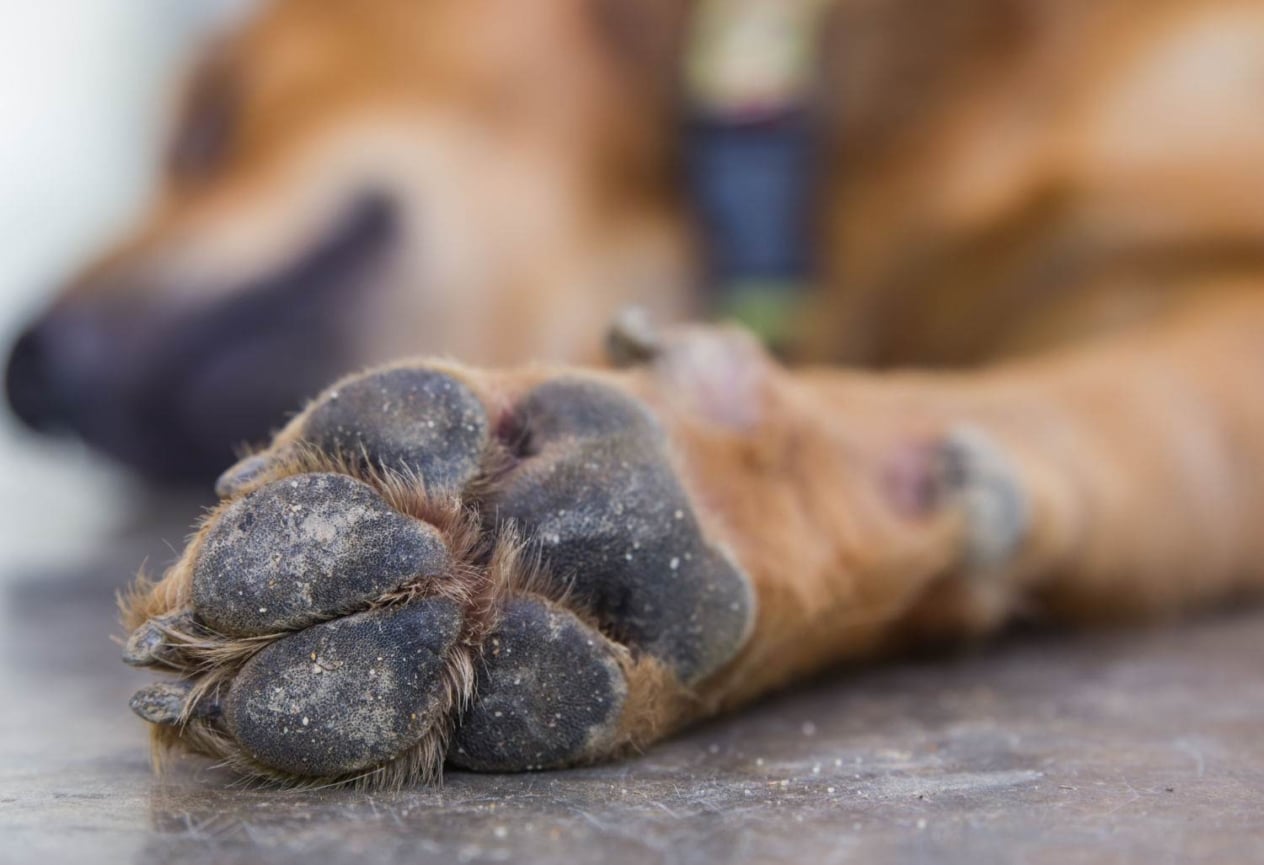
Main causes of cracked paw pads
Most often, cracks are caused by excessive drying out or trauma. Among the most common causes are:
1. Dry air and cold during the winter period
Frost, ice, salt on the roads all dry out the skin and cause micro-damage. Walking on the cold ground without protection is a real test for the pads.
2. Hot pavement in summer
Asphalt or tiles in summer can get as hot as +60°C and burn the paws. After such walks, the paws are often covered with cracks.
3 Chemicals and aggressive detergents
After mopping or scrubbing the floor with chlorine-containing products, your dog may step on the liquid residue. This causes burns and irritation.
4. Vitamin deficiency and dehydration
Deficiencies of omega-3, vitamins A and E, and insufficient water intake are common causes of dry skin.
5. Allergies or fungal lesions
If the cracks are accompanied by itching, redness, or peeling, your dog may have dermatitis, fungus, or an allergic reaction.
How to help your dog and prevent cracking in the future
Prevention is the main rule of care. The paw pads need as much attention as the coat or teeth. What can I do to prevent cracked paws?
Regularly inspect the paws after walks
Check for cracks, cuts or foreign objects. Early detection of the problem will help to avoid complications.
Moisturize the pads with special balms
There are special products for dogs that soften the skin, restore the protective barrier and relieve irritation. Do not use human creams – they can be toxic.
Wash paws after walks
Especially in the winter when the snow is sprinkled with salt. Simply rinse paws with warm water and dry with a towel.
Avoid extreme temperatures
In the heat, walk in the morning or evening when the pavement isn’t scalding. In winter, consider dog shoes or protect the pads with a special wax.
Watch your dog’s diet and drinking regimen
A balanced diet with enough fatty acids and minerals is the foundation of healthy skin and coat. Don’t forget to keep fresh water available at all times.
Be sure to see a veterinarian if you suspect fungus or allergies
If the cracks are not healing and your dog is constantly licking his paws, it could be a symptom of disease. Self-treatment is dangerous.
Conclusion
Cracked pads can occur due to climatic conditions, injuries, vitamin deficiencies or serious illnesses. But with proper care, paw protection and attention to diet, your Tail will run happily and without pain. Remember: healthy paws of a happy dog:)

